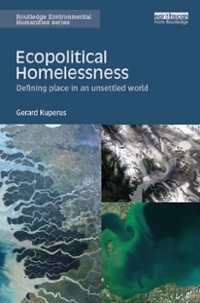Question
We assume a household that lives for two periods. The household receives income as endowment in the first period, 1, and in the second period,
- We assume a household that lives for two periods. The household receives income as endowment in the first period, 1, and in the second period, 2. The household optimally decides how much to consume in the first period, 1, how much to save in the first period, , and how much to consume in the second period, 2. The household can borrow and lend freely at the real interest rate, . The household exits the world without debt. The intertemporal budget constraint is given by:
1+2 =1+2, 1+ 1+
while it is also assumed that the household follows a perfectly- smoothed (optimal) consumption plan.
a.) Solve for optimal consumption in both periods in equilibrium. What determines current and future consumption?
b.) Solve for saving in equilibrium. Is this household a lender or a borrower in period 1? What must be the condition in order to be a borrower?
c.) Let now an income transfer, > 0, from the government to the household in period 2 that is known at the beginning of period 1. Compute the change in current and future consumption. Comment briefly on your results.
d.)Let now the previous income transfer to be a permanent one, received also in period 1. Compute the change in current and future consumption in this case and discuss the implications.
e.)Discuss the three main reasons for the failure of the permanent income hypothesis to provide an adequate model of aggregate consumption. What will be the impact of those failures on the multiplier for unanticipated income shocks, hence on the IS curve?
Step by Step Solution
There are 3 Steps involved in it
Step: 1

Get Instant Access to Expert-Tailored Solutions
See step-by-step solutions with expert insights and AI powered tools for academic success
Step: 2

Step: 3

Ace Your Homework with AI
Get the answers you need in no time with our AI-driven, step-by-step assistance
Get Started


